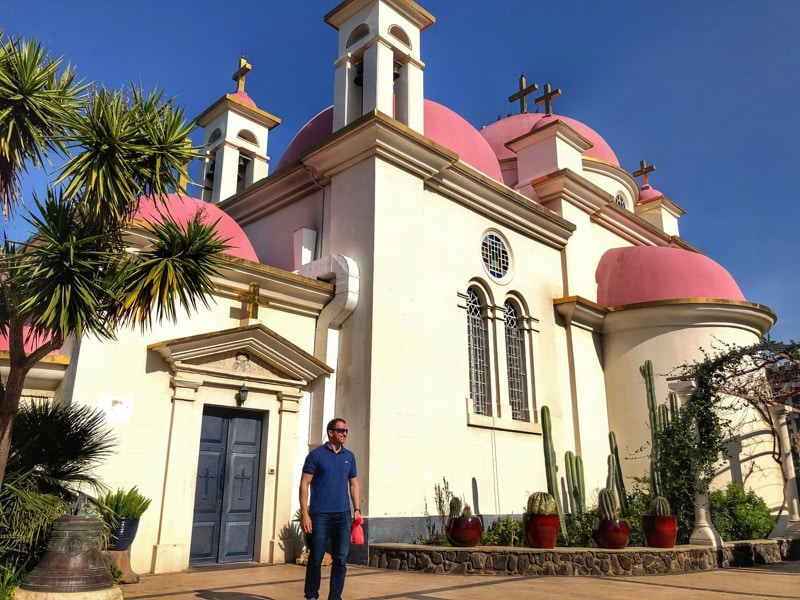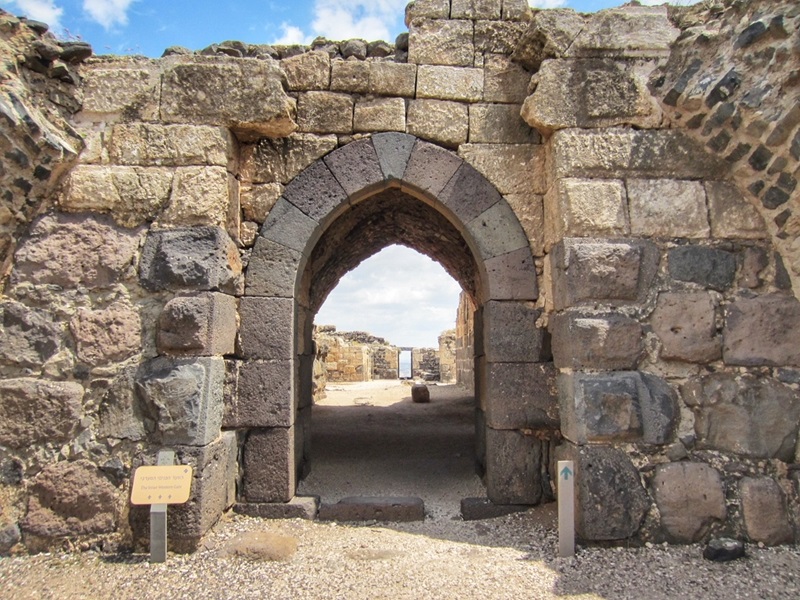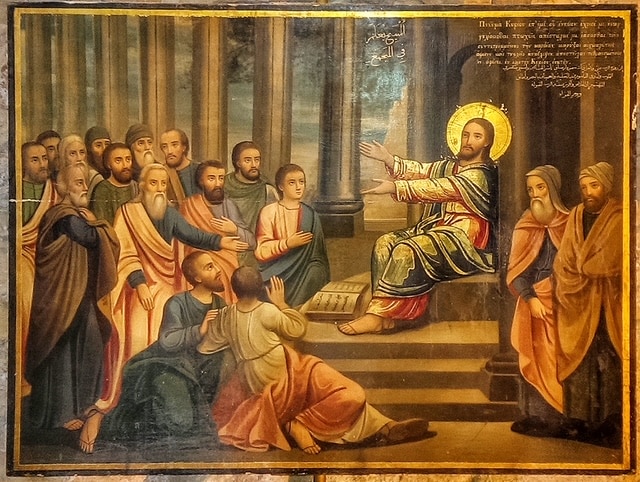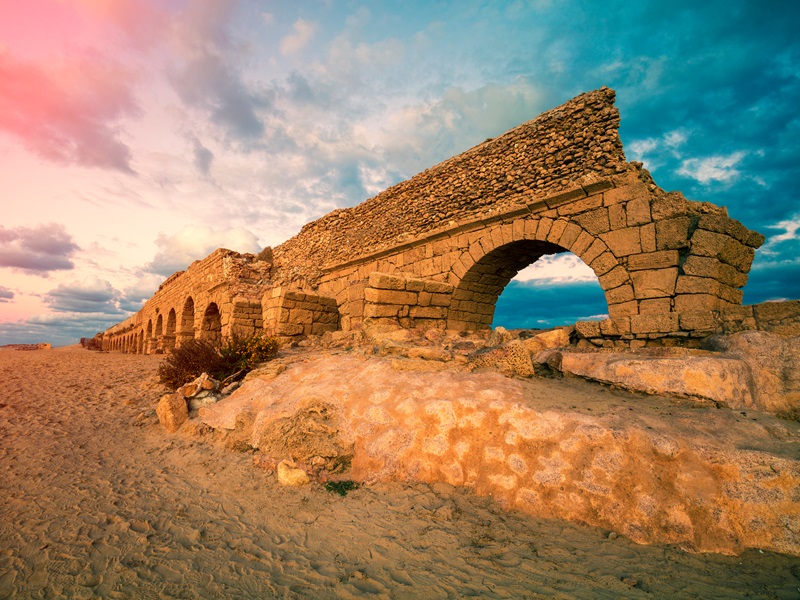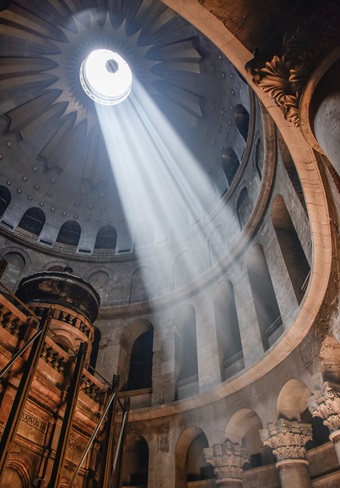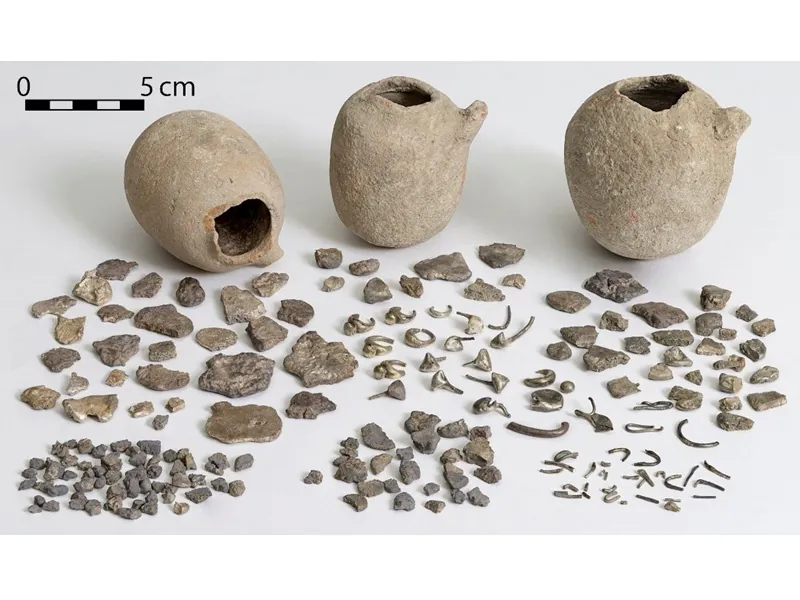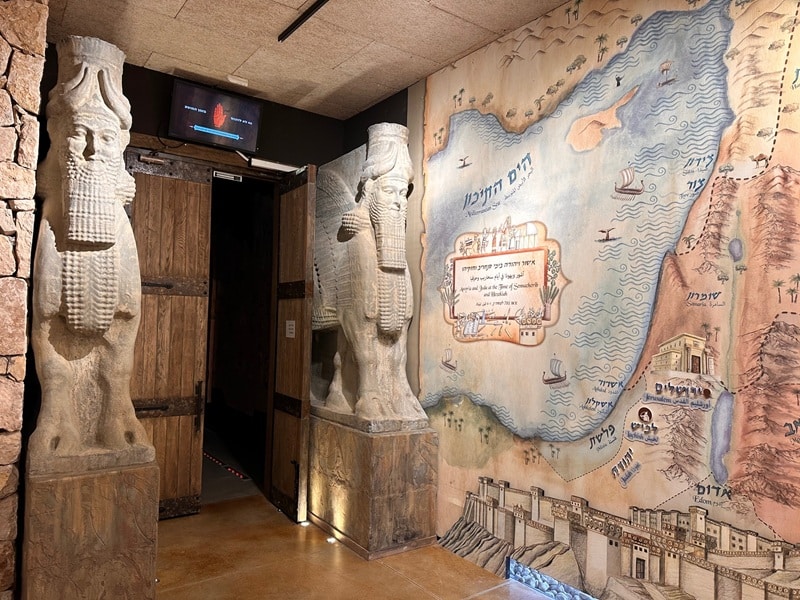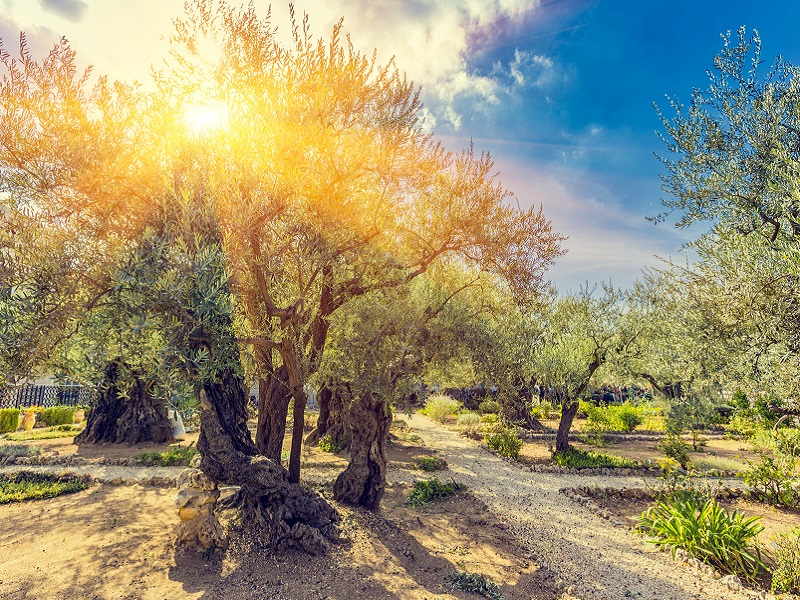Megiddo (Armageddon)

Megiddo is a significant archaeological site located in northern Israel. It held historical and biblical significance, and especially in Canaanite and Israelite times. Moreover, Megiddo is often associated with Armageddon, believed by Christians to be the site of the final battle at the end of times.
History of Megiddo
The ancient city of Megiddo was strategically located at a major crossroads in the ancient Near East. It had a long and turbulent history, from the dawn of history and up to the Persian period, when it was finally abandoned.
Megiddo and Armageddon
The Old Testament portrays Megiddo as a prime city within Solomon’s Kingdom (1 Kings 9:15). It also became the backdrop for pivotal biblical events including the assassination of King Ahazyahu (2 King 9:27), and the tragic death of King Josiah (2 Kings 23:29). Furthermore, Megiddo is closely linked to the biblical term “Armageddon,” documented in the Book of Revelation (16:16). According to this apocalyptic account Armageddon will be the place of the final battle between good and evil at the end of times.
Archeology of Megiddo
Megiddo’s historical importance and its association with Armageddon have attracted archeological scholars since the later 19th century. Several expeditions conducted archeological excavations at the site, unearthing the remnants of its glorified past. The key archeological finds include:
Canaanite Temples – A set of shrines uncovered in eastern side of the mound which provide a rare glimpse of Canaanite cultic practices.
Canaanite and Israelite Gateways – Megiddo features a well-preserved set of city gates, which were an essential part of the ancient city’s defenses. Some were associated with Solomon’s kingdom yet are now attributed to a later period.
“Solomon Stables” – A set of stables once linked to King Solomons and his “Chariot cities” (1 Kings 10:26). Today they are another subject of academic debate, as some propose they are from the time of of King Ahab or Jeroboam II
Water System – An intricate water system comprising a shaft and tunnel that leads to the water source outside the city walls.
Early Christian Mosaic Floor – A unique mosaic floor featuring early Christian symbols, found in 1 mile east of Megiddo.
Touring Megiddo
Today, Tel Megiddo is a national park open daily from 8:00 to 17:00. A modern and innovative visitor center presents a comprehensive introduction of the site. Additionally, shaded viewpoints with informative signage are thoughtfully scattered throughout the park.
A tour of Megiddo can be combined in a day tour of the Galilee.
“Touring Megiddo can be a fascinating and educational experience for anyone interested in history, archaeology, or biblical sites.” (Danny “the Digger” Herman)
